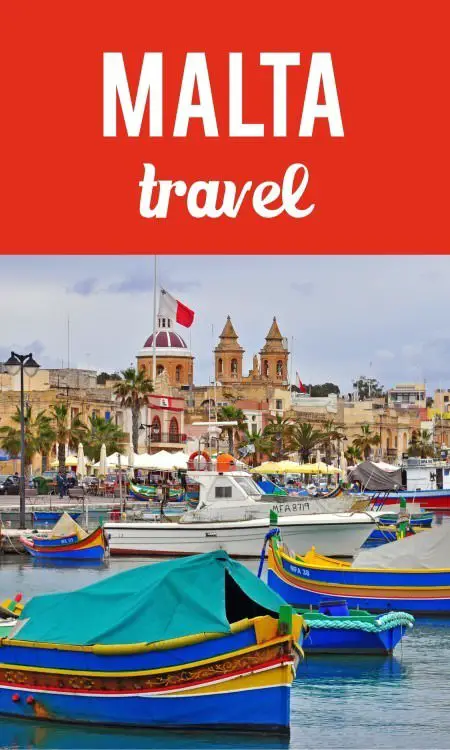
Malta is made up of three larger islands and a collection of smaller ones, most of which earn the title of “island” rather dubiously, being in reality little more than rocks. Only Malta, Gozo, and Comino are inhabited and the capital Valletta is situated on the island of Malta. The country is situated in the middle of the Mediterranean, south of Italy, north of Libya, east of Tunisia and west of Greece.
Most tourists arrive by air, and with the relatively recent arrival of budget airlines, this is a lot cheaper and easier than it used to be. It’s also possible to get to and from Malta by ferry from Italy, and quite a lot of sailors make a stop here while sailing the Med.
Although it’s a Mediterranean country, there’s a shortage of sandy beaches on Malta. However, sand is imported from overseas to make up for what is naturally lacking. The landscape is overwhelmingly rocky, dry and relatively flat, but in winter everything turns green after a period of rain.
The country is a haven for those wanting a sun holiday, but more importantly it packs in the history for those with even a glimmer of interest in the subject. From pre-historic temples to the siege of 1565 to its pivotal role in the Second World War – Malta has something from almost every era. Plus there’s more natural rock formations than you can shake a stick at.
Valletta
It’s stretching things a little to call Malta’s capital, Valletta, a city, given that it’s less than one square kilometre in size and has a population of around 6,000. In fact the population of the whole county is around 400,000 and the land area of Malta is smaller than that of most cities, so the country could be called a city-state. Valletta, however, certainly acts as a central point – many hotels are located here and it’s the hub for the bus network: if you want to get anywhere in Malta, you usually have to go through Valletta.
It’s located in the central north-east of the island of Malta and is named after Jean Parisot de la Valette, the Grand Master of the Knights of Malta who headed the successful resistance against the Ottomans in the Great Siege of 1565. This siege is the reason for all the fortifications you’ll see around the city, which is a UNESCO world heritage site.
Getting to and from Malta
Most visitors to Malta arrive by plane at the only airport in the country, known variously as Malta International Airport, Luqa Airport, and Valletta Airport. It’s located in Luqa, about 5km from Valletta, and you can reach the capital by public bus or taxi — although hotels often send shuttles to collect guests.
You can also arrive by ferry from Sicily, or by charter flight or cruise ship.
Malta travel resources
Book accommodation in Malta and travel insurance for Malta through us — we love it when you do that!
Browse the articles below for more information about Malta.
No posts
